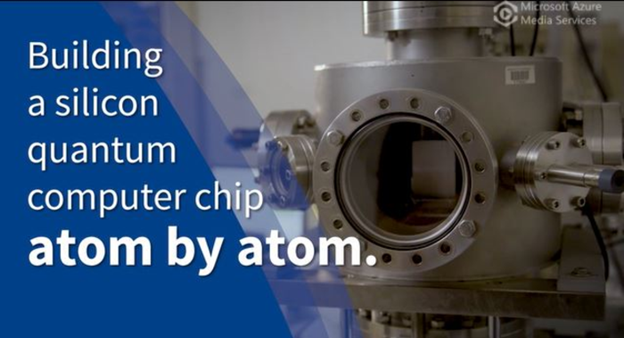New Silicon Chip Technique for Quantum Computing Construction
Quantum computer construction is exceptionally costly. However, a new technique from the University of Melbourne-led team creates large-scale patterns of counted atoms. They control the atoms so that quantum states can be manipulated, coupled, and read out.
Using the precision of the atomic force microscope, which has a sharp cantilever that “touches” the surface of a chip, they have a positioning accuracy of just half a nanometer. The team drills a tiny hole in the cantilever so when it is showered with phosphorus atoms, one would occasionally drop through the hole and embed in the silicon substrate. When only one atom was embedded in the substrate, the cantilever could move to the next precise position on the array.
The technique embedded phosphorus ions, precisely counting each one, in a silicon substrate, creating a qubit “chip,” which is then be used in lab experiments to test designs for large-scale devices. For further information, visit: www.scienceinpublic.com.au/unimelb

